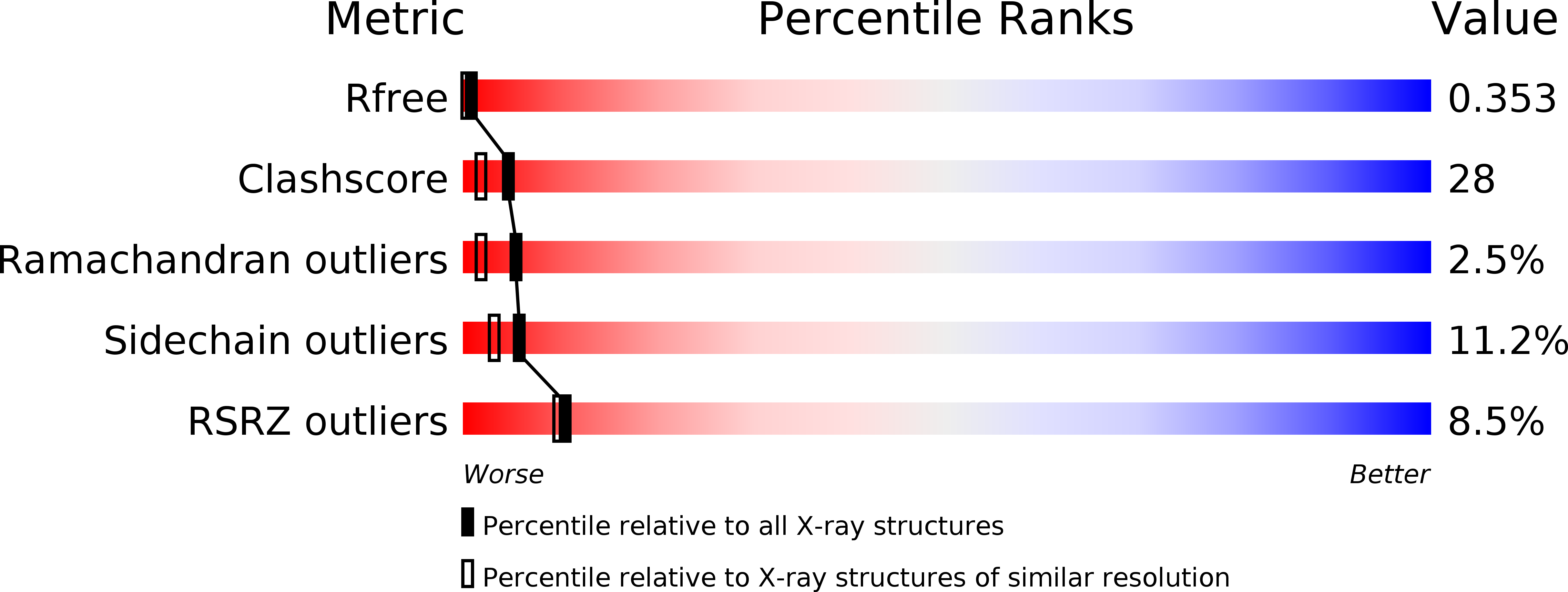
Deposition Date
2004-08-30
Release Date
2006-02-21
Last Version Date
2023-12-13
Entry Detail
PDB ID:
1W77
Keywords:
Title:
2C-methyl-D-erythritol 4-phosphate cytidylyltransferase (IspD) from Arabidopsis thaliana
Biological Source:
Source Organism:
ARABIDOPSIS THALIANA (Taxon ID: 3702)
Host Organism:
Method Details:
Experimental Method:
Resolution:
2.00 Å
R-Value Free:
0.34
R-Value Work:
0.23
R-Value Observed:
0.23
Space Group:
H 3 2


